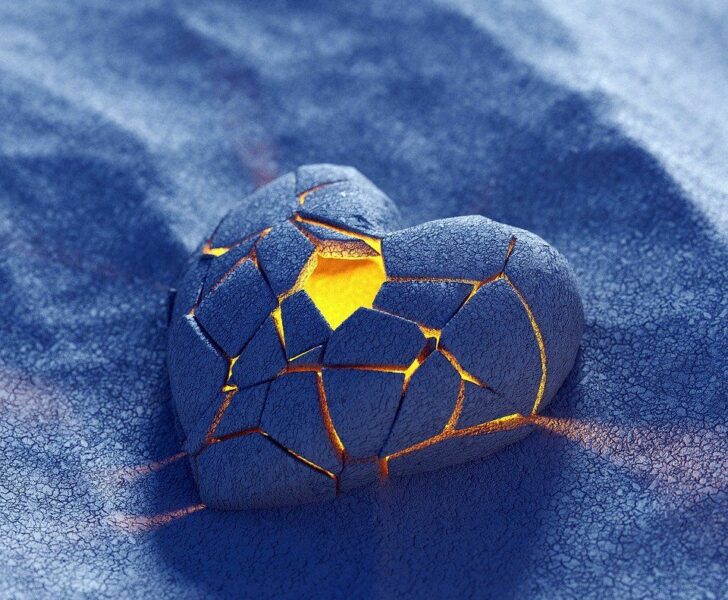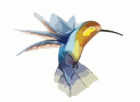Exploring the World of Miró Lithography: A Comprehensive Guide

Exploring the World of Miró Lithography: A Comprehensive Guide
Introduction:

Miró lithography is an artistic technique that has gained considerable popularity in the world of fine arts. In this article, we will provide an in-depth overview of Miró lithography, discussing its various types, popularity, quantitative measurements, differences, as well as its historical context. Whether you are an art enthusiast or simply curious about this unique art form, this guide will offer valuable insights into the world of Miró lithography.
An Overview of Miró Lithography
Miró lithography, also known as lithographic art or Miró printmaking, involves creating images on a flat surface using a lithographic stone or metal plate. The technique was popularized by the renowned Spanish artist Joan Miró in the early 20th century. Miró lithography blends the meticulousness of printmaking with the spontaneity of drawing, resulting in unique and captivating artworks.
A Comprehensive Presentation of Miró Lithography
1. Types of Miró Lithography:
Miró lithography encompasses various types, including stone lithography, offset lithography, and photo lithography. Stone lithography involves drawing on a polished stone with greasy materials, while offset lithography transfers the image onto a rubber blanket before printing. Photo lithography, on the other hand, utilizes photographs and light-sensitive chemicals to develop the image.
2. Popular Miró Lithography Artists:
In addition to Miró himself, numerous contemporary artists have embraced Miró lithography as a preferred medium. Some notable names include Pablo Picasso, Salvador Dalí, and Marc Chagall. These artists have contributed to the evolution and popularity of this art form.
Quantitative Measurements of Miró Lithography
Quantitative measurements in Miró lithography involve factors like edition size, print quality, and the value of limited-edition prints. Edition size refers to the number of prints produced from a single original plate, stone, or negative. Prints from smaller editions are considered more valuable due to their rarity. Furthermore, the quality of prints can be evaluated based on factors like color vibrancy, paper type, and overall condition.
Exploring the Differences in Miró Lithography
Miró lithography stands out in its ability to convey a range of styles and techniques. Some lithographs exhibit bold, vibrant colors, while others showcase delicate and intricate line work. The choice of lithographic technique and materials employed contribute significantly to these differences. Additionally, artists’ unique approaches and individual styles also influence the final outcome of Miró lithographs.
Historical Perspective: Pros and Cons of Miró Lithography
1. Advantages:
a. Versatility: Miró lithography allows artists to explore various artistic possibilities, from vibrant colors to subtle textures.
b. Reproducibility: By producing multiple prints, the artist can reach a wider audience and make art more accessible.
c. Collaborative Potential: The technique lends itself to collaborations between artists, printers, and publishers, fostering a diverse creative community.
2. Challenges:
a. Skill and Technical Expertise: Miró lithography requires proficiency in both drawing and mastering the intricacies of the lithographic process.
b. Cost and Limited Availability: High-quality lithographic materials and equipment can be expensive, limiting access for some artists.
c. Quality Control: Consistency in producing multiple prints can be challenging, as even minor variations can affect the overall artistic integrity.
Conclusion:
Miró lithography offers a fascinating blend of artistic expression and technical skill, providing artists with a versatile medium to create captivating prints. From its various types to the historical context and quantitative measurements, this comprehensive guide has delved into the world of Miró lithography, shedding light on its intricacies and significance. Whether you are an art collector, enthusiast, or simply curious about this art form, Miró lithography undoubtedly offers a remarkable journey into the realm of visual art.











